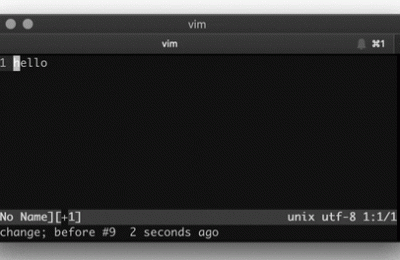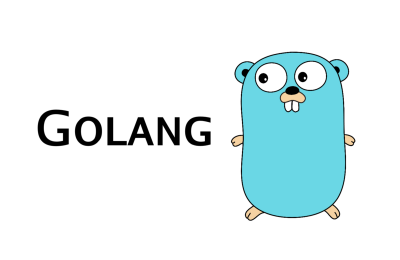来源于:https://segmentfault.com/a/1190000002516799
栈(Stack)是限制仅在表的一端进行插入和删除运算的线性表。
java 没有栈这样的数据结构,如果想利用先进后出(FILO)这样的数据结构,就必须自己实现。
要实现Stack,至少应该包括:
1. pop() 出栈操作,弹出栈顶元素。
2. push(E e) 入栈操作
3. peek() 查看栈顶元素
4. isEmpty() 栈为空
另外,实现一个栈,还应该考虑到几个问题:
1. 栈的初始大小以及栈满以后如何新增栈空间
2. 对栈进行更新时需要进行同步
有三种实现的方式,数组,容器,以及链表的方法。
数据:
package gsm;
import java.util.*;
public class StackArray{
private int[] array;//用数组实现
private int top; //栈顶指针
private final static int size = 100;
public StackArray(){
array = new int[size];
top = -1; //栈空的时候
}
//压栈
public void push(int element){
if(top == size-1){
throw new StackOverflowError();
}
else
array[++top] = element;
}
//弹栈
public int pop(){
if(top == -1){
throw new EmptyStackException();
}
return array[top--];
}
//判断是否为空
public boolean isEmpty(){
return top == -1;
}
//返回栈顶元素
public Integer peek(){
if(top == -1){
throw new EmptyStackException();
}
return array[top];
}
}
容器
package gsm;
public interface Stack<T> {
public T pop();
public void push(T element);
public boolean isEmpty();
public T peek();
}
package gsm;
import java.util.*;
public class StackList<T> implements Stack<T> {
private List<T> list ; //用容器实现
StackList(){
list = new ArrayList<T>();
}
//弹栈
public T pop(){
if(this.isEmpty() == true){
throw new EmptyStackException();
}
return list.remove(list.size()-1);
}
//压栈
public void push(T element){
list.add(element);
}
//判断是否为空
public boolean isEmpty(){
return list.size() == 0;
}
//返回栈顶元素
public T peek(){
if(this.isEmpty() == true){
throw new EmptyStackException();
}
return list.get(list.size()-1);
}
}
链表
package gsm;
import java.util.EmptyStackException;
public class LinkedStack<T> implements Stack<T>{
//不用容器或者数组等数据结构存储节点
//Node定义一个节点类
private static class Node<U>{
private U item; //存储的data
private Node<U> next; //类似指针
Node(){
this.item = null;
this.next = null;
}
Node(U item, Node<U> next){
this.item = item;
this.next = next;
}
boolean end(){
return item == null && next == null;
}
}
private Node<T> top ; //栈顶指针
LinkedStack(){
top = new Node<T>();
}
//弹栈
public T pop(){
if(this.isEmpty() == true){
throw new EmptyStackException();
}
T result = top.item;
if(!top.end())
{
top = top.next;
}
return result;
}
//压栈
public void push(T element){
top = new Node<T>(element, top);
}
//判断是否为空
public boolean isEmpty(){
return top.end();
}
//返回栈顶元素
public T peek(){
if(this.isEmpty() == true){
throw new EmptyStackException();
}
T result = top.item;
return result;
}
}
可以发现容器果然是java的一个利器,方便高效。
 微信扫一扫
微信扫一扫
 支付宝扫一扫
支付宝扫一扫





![[开源] Discuz! 插件 – 帖子推广/支付通知管理员插图 [开源] Discuz! 插件 – 帖子推广/支付通知管理员插图](https://jingine.com/wp-content/uploads/2020/02/unnamed-400x260.png)